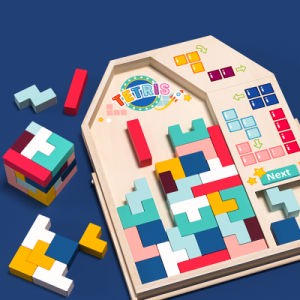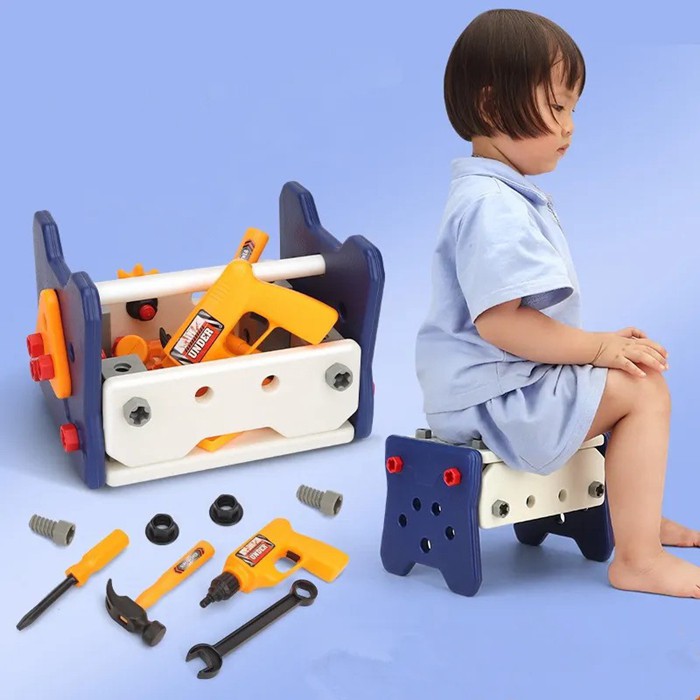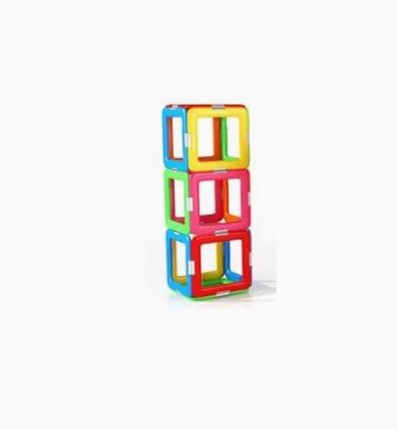Outdoor Plastic Toys for Kids: A Comprehensive Guide
Product description
Outdoor play is essential for children’s physical, social, and cognitive development. Designed for outdoor use, plastic toys offer a durable, safe, and versatile option for families. This article explores the features, benefits, and popular types of plastic outdoor toys, along with answers to common questions.
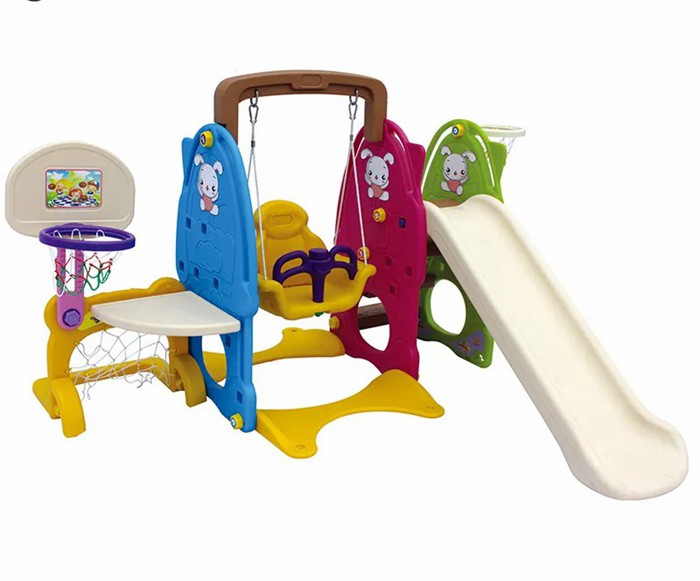
Product Overview
Plastic outdoor toys are designed to withstand weather conditions while encouraging active play. Made from highquality, UVresistant, and nontoxic plastics, these toys prioritize safety and longevity. They are lightweight, easy to clean, and often modular, allowing for customization to suit children’s preferences. Common designs include climbers, slides, playhouses, water tables, and rideon vehicles, all crafted with rounded edges and sturdy construction to minimize injury risks.
Key Advantages of Plastic Outdoor Toys
1. Durability: Resistant to rust, rot, and fading, plastic toys thrive in sun, rain, or snow.
2. Safety: Smooth surfaces, nontoxic materials (BPAfree), and compliance with international safety standards (e.g., ASTM, EN71).
3. Lightweight & Portable: Easy to move, rearrange, or store compared to metal or wooden alternatives.
4. Low Maintenance: Require minimal upkeep—simply rinse with water or wipe clean.
5. Affordability: Generally more budgetfriendly than natural materials without compromising quality.
6. Vibrant Designs: Bright colors and imaginative themes spark creativity and engagement.
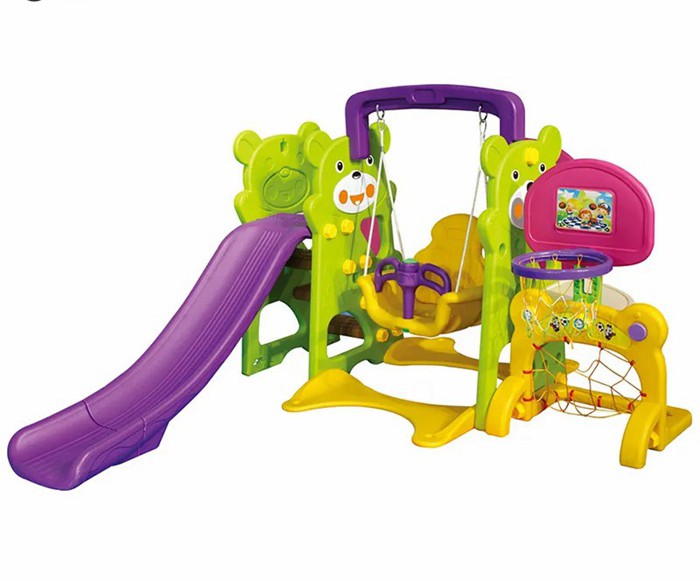
Popular Types of Plastic Outdoor Toys
1. Climbing Structures: Slides, climbing walls, and jungle gyms for physical challenges.
2. RideOn Toys: Scooters, tricycles, and cars that enhance motor skills.
3. Water Play Toys: Sprinklers, splash tables, and water slides for summer fun.
4. Sand & Beach Toys: Shovels, buckets, and molds for sensory play.
5. Sports Sets: Basketball hoops, mini golf kits, or toss games for teamwork.
6. Playhouses & Tunnels: Imaginative spaces for roleplaying adventures.

Q1: Are plastic outdoor toys safe for toddlers?
A1: Yes, provided that they meet safety certifications. Look for labels like “BPAfree” and avoid small detachable parts for children under 3.
Q2: How do I prevent plastic toys from fading in the sun?
A2: Opt for UV resistant plastics and store toys in shaded areas when not in use. Some products come with warranties against fading.
Q3: Can these toys withstand extreme weather?
A3: High quality plastics endure temperature fluctuations, but prolonged exposure to harsh conditions may shorten their lifespan. Cover or store them during storms.
Q4: Are plastic outdoor toys eco-friendly?
A4: Many brands now use recycled plastics. Check for recyclable symbols or brands committed to sustainability.
Q5: How do I choose the right toy for my child’s age?
A5: Follow the manufacturer’s age recommendations. For younger kids, prioritize stability (e.g., low slides), while older children may enjoy complex climbing sets or sports equipment.
Recommended products

